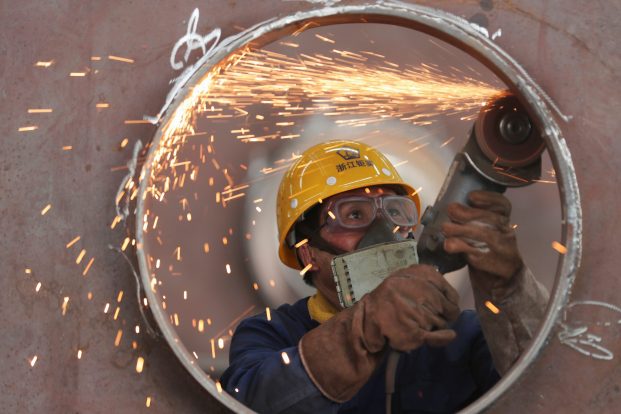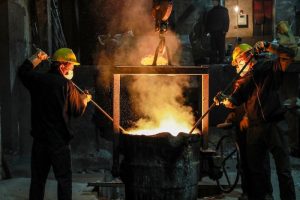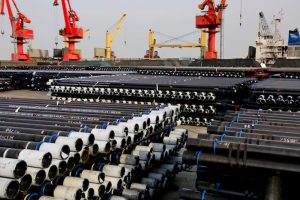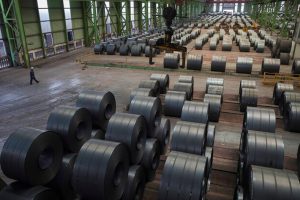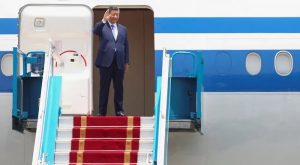Analysts say the government’s move to auction metals on July 5 may only have a limited impact in terms of containing commodity prices, and that may lead to further state intervention to prevent elevated prices
(AF) Official data from factories in China in May shows that raw material prices squeezed profit margins at industrial firms.
Profits rose 36% from a year earlier to nearly 830 billion yuan ($128 billion), which was a slowdown from the 57% surge reported in April, according to data released on Sunday by the National Bureau of Statistics.
But officials say the country’s recovery remains uneven and faces a challenge from rising raw material costs and global supply chain disruptions.
Imbalances in profitability became prominent between upstream and downstream firms due to high commodity prices, Zhu Hong, an official at the statistics bureau, said.
“The foundation for recovery is not yet solid,” he said in a statement accompanying the data.
Profits grew rapidly in the metals, chemicals and petroleum sectors, while smaller and downstream enterprises saw much more pressure, Zhu said.
Factory-gate inflation saw its fastest annual growth in over 12 years in May driven by surging commodity prices, posing risks to profit margins for mid- and downstream firms.
Sale of metals from state reserves
Chinese policymakers have stepped up efforts in recent weeks to cool runaway metals prices, including a plan to sell supplies from state reserves, but with global demand continuing to recover some analysts believe the moves will have only a limited impact.
The National Administration of Food and Strategic Reserves said last week it would auction 20,000 tons of copper, 50,000 tons of aluminum, and 30,000 tons of zinc from state metal reserve, starting from July 5 – the first release of cooper and aluminum in over a decade.
But analysts say the release is modest in quantity and only accounts for a small proportion of monthly outputs of these metals – 2.4% for copper, 1% for aluminum, and 5.6% for zinc by 2020 levels.
They said it is directed at mid- and downstream users, such as metal processors and manufacturers through public bidding, and bypasses market dealers, so the key aim is just to send a price signal without flooding the market with excessive metal supply.
To date, the measure has reportedly yielded only modest price impacts, as prices of copper, zinc, and aluminium are still at elevated levels in spot trading in Shanghai, although down from record highs in May.
This has led to predictions that the government’s return to active intervention in the sale of these metals is likely to persist, because policymakers could face an extend period of price volatility because of robust demand for these materials in China and the push into renewable energy, which has heightened the demand for copper and zinc. And there have been supply constraints because the country is also seeking to reduce emissions.
But other more formalized mechanisms are also being pursued to put a lid on prices. The National Development and Reform Commission introduced new rules last week to enhance the quality of price indexes and improve state monitoring of prices and its ability to send signals to markets.
Official manufacturing data due to be released this week is expected to show weaker growth in activity in June, likely due to disruptions caused by Covid flare-ups at major ports in the south. Investors will also be looking to trends in input costs and selling prices for any further signs of margin pressure.
Liabilities at industrial firms were up 8.2% year-on-year at the end of May, versus 8.6% growth a month earlier.
The industrial profit data covers large firms with annual revenues of over 20 million yuan from their main operations.
With reporting by Reuters.




